


*Please note that our plant varieties often sell out fast. Please phone us on 0415 032 928 to find out what we currently have in stock.
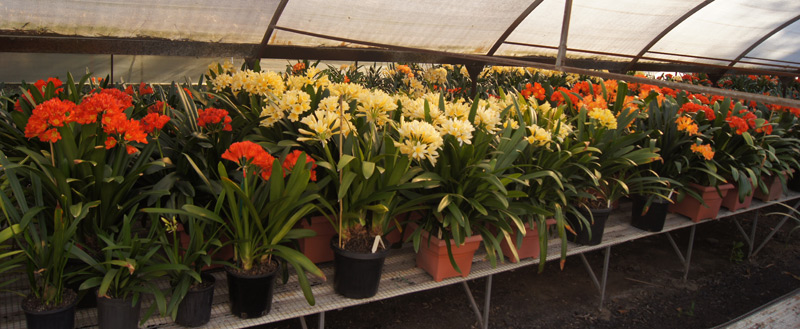
Sunset Nursery was established in 1981, becoming renowned Australia wide for the quality of its bougainvilleas and other exotic plants, including mandevillas and dipladenias.
In 2010, Sunset Nursery directors, Jose and Josephine de Aquino, decided to take a step back and retire. However, when growing is in your blood, it is difficult to stop living with your passion.
Jose and Josephine decided to continue to grow plant varieties that they loved: clivias and orchids. Sunset Nursery endeavours to keep supplying high quality and value for money plants for which they have always been renowned.
We at Sunset Nursery have been collecting Clivias for many years. All our hybrids are from seed taken from specially selected stock plants of both yellow and orange. All were hand pollinated for better results.
Our love for clivias started many years ago when we were given a lovely specimen from a friend. We then started to collect Belgian hybrids, miniata yellows and every other clivia that we could get our hands on. Our addiction with this lovely plant is stronger today than ever before.
Clivas are just as hardy as they are beautiful however, to grow happily they need protection from direct sunlight, a shaded or semi-shaded positon is ideal. In the wild clivias grow under the canopy of trees with their roots in decayed leaf litter so instead of planting them in soil make a small depression, spread their roots and cover them with good compost. The reason for this is that clivias don’t like waterlogged conditions and this ensures good drainage. One thing to remember is that it is easier to kill a clivia with too much water but never with too little.
In the garden clivias have very few problems, just look out for caterpillars. It doesn’t happen very often but, when it does they can devour a plant in no time at all. Clivias are also attacked by mealy bugs more so , if the plant is kept in a protected environment.
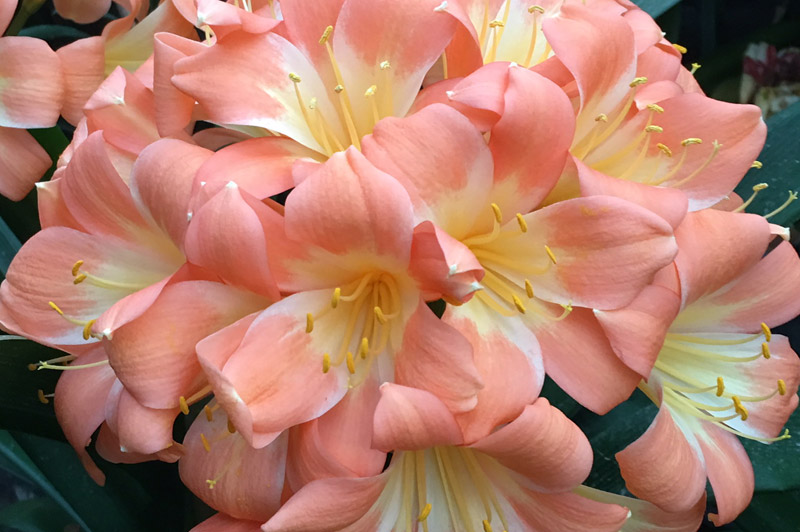
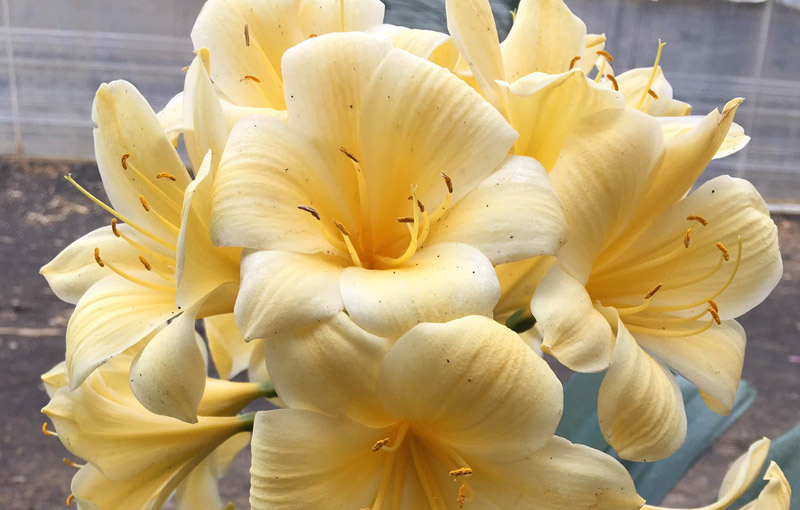
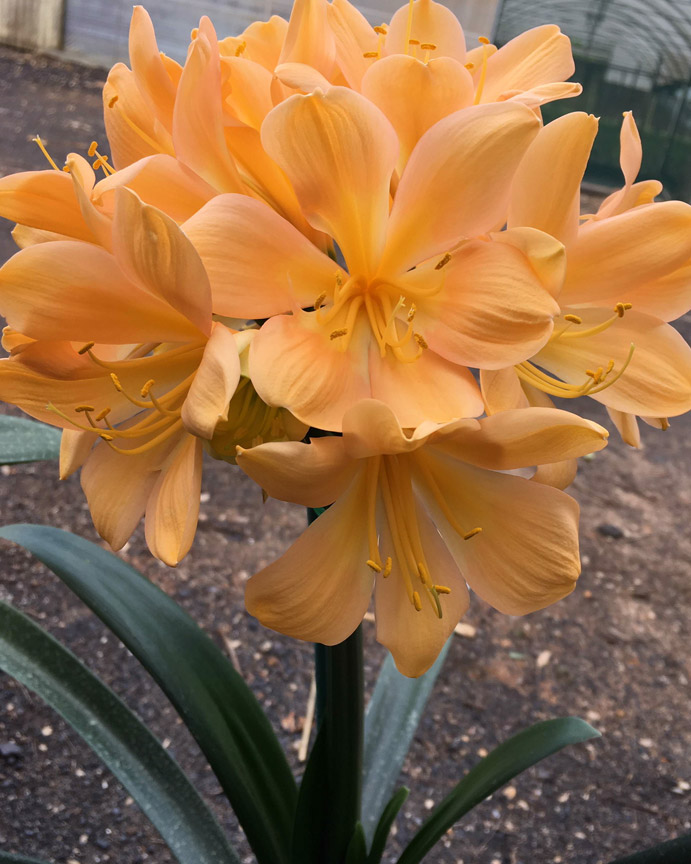
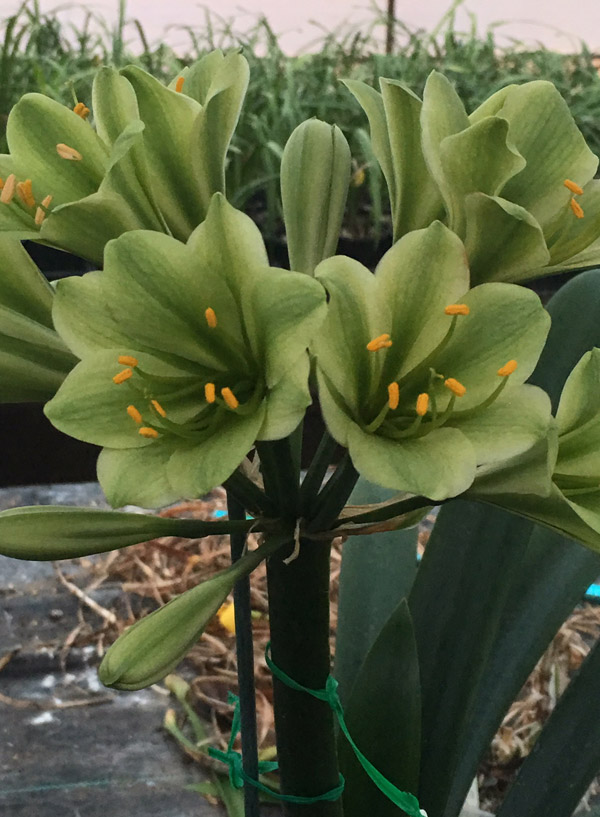
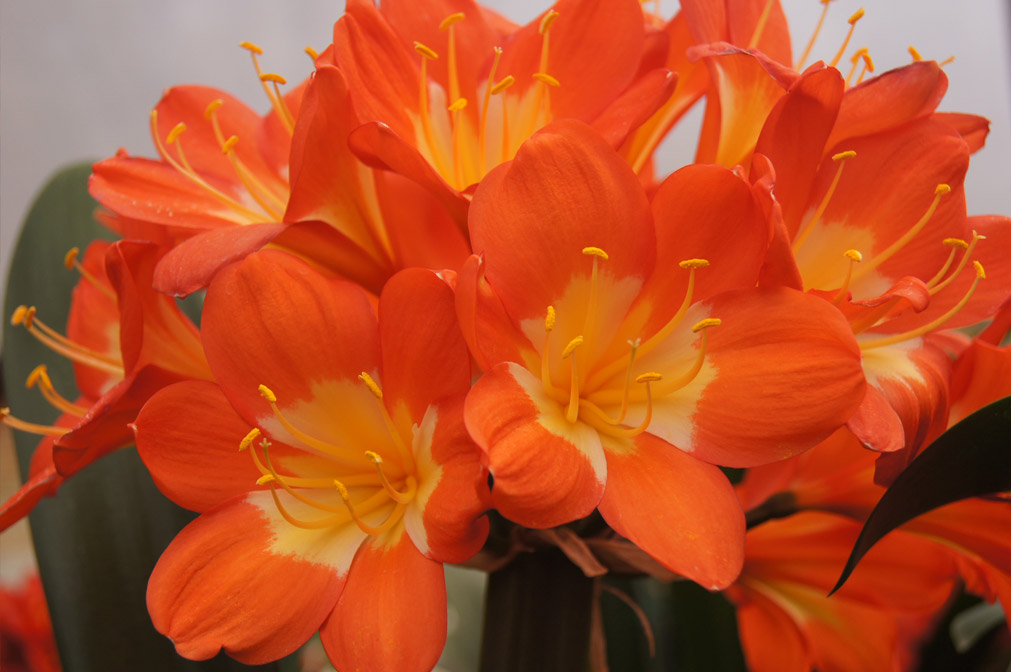
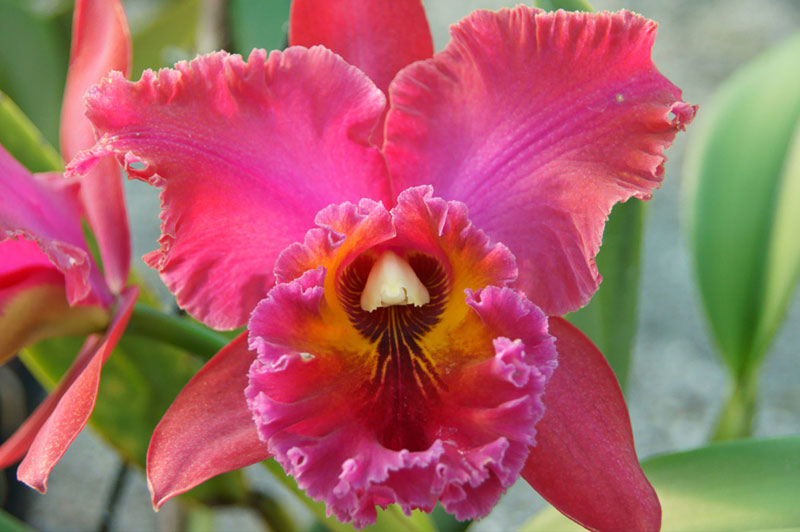
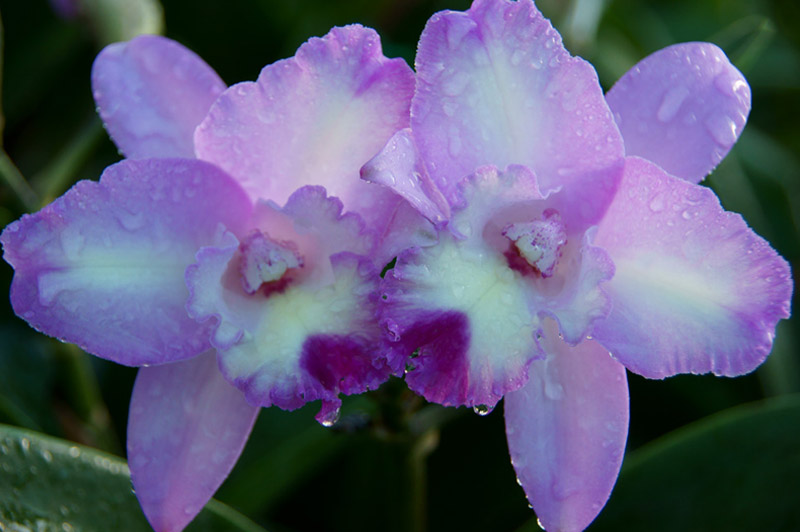
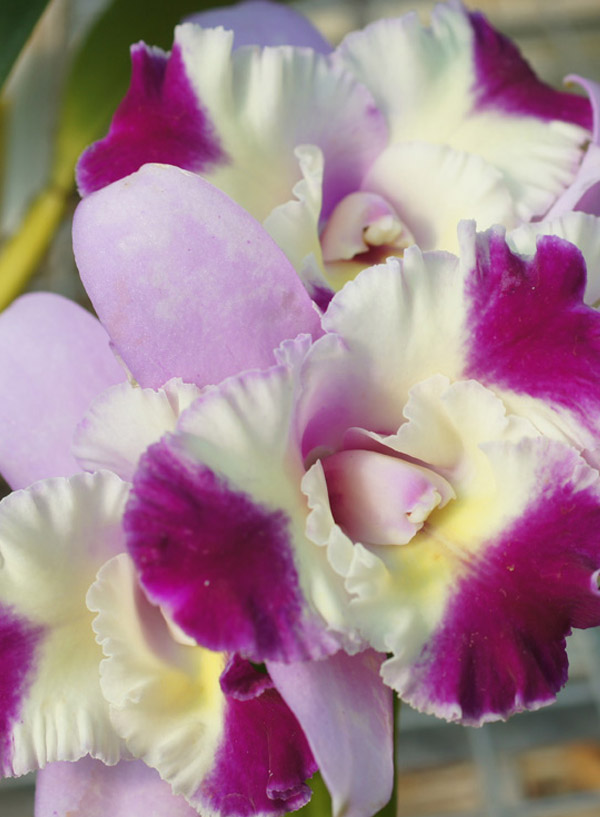
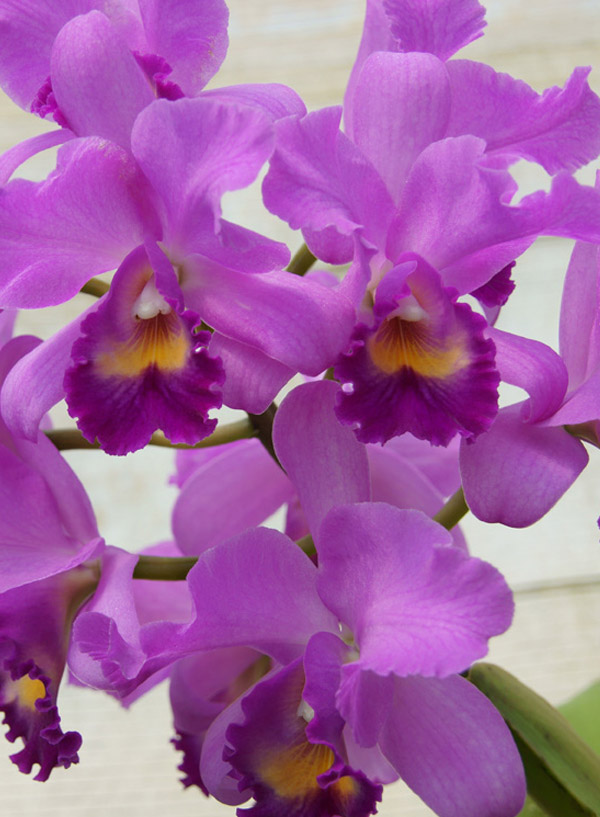
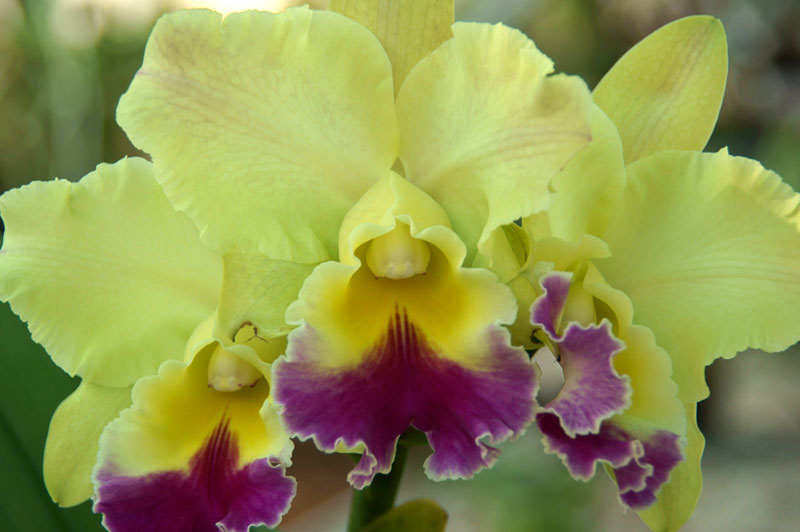
Please note: These images are of our breeding stock which are part of our collection.
Cattleyas are without any doubt the most beautiful single flower in the orchid world. Give them a bit of tender loving care and they will reward you with magnificent blooms from the big exhibition ones to the petite blooms of the miniatures and the ones in between. One thing to remember is that more cattleyas are killed because of too much water than too little. During summer two or three times a week, light watering to keep humidity up but, in the cold months during winter keep the plants dry with just enough moisture to keep the canes plump. Water once a week and only on sunny days.
Every week at the recommended rate depending on the fertiliser or every watering time at half the recommended rate and an organic fertiliser once a month.
Keep a watch on scale, it can become a problem especially in large collections, the use of chemicals may be necessary. In small collections it can be removed by hand.
The ideal time to repot is in spring when the weather warms up as the plants recover much faster. Cattleyas will do much better if they are repotted every two to three years. When dividing make sure that each division has three bulbs as they flower much sooner that way.
Please note: These images are of our breeding stock which are part of our collection. We have a large range of clones and hybrids from 175mm to 200mm pots.
Cymbidiums are the most rewarding and easy to grow of most orchids. Cymbidiums will flower even when they are neglected but, when their cultural needs are met they will reward you with plenty of beautiful blooms for you to enjoy.
In order to flower well, cymbidiums must have as much sunlight as possible without burning. A shadehouse covered with 70% black or green shadecloth is ideal all year round, space the plants so that they get plenty of light around them. This also provides good air movement which will reduce pests and fungal problems.
Every orchid grower has his or her own recipe however, the most important thing is that a cymbidium mix must be free draining but, at the same time it must hold some moisture. Remember that we can always add water but, we cannot drain water out of it.
Cymbidiums like a constant supply of food. Most growers change fertiliser according to season while some use the same fertiliser all year round. Whatever fertiliser is used, the one thing to remember is that little and often is better than casually overfeeding which can lead to damage to your cymbidiums.
As with most plants cymbidiums have enemies. The biggest pest is the two spotted mites. Keep a watch for them especially in protected environments and during the hot summer months. Keep a lookout for snails, they love the flowers. Cymbidiums are also susceptible to viruses so keep cutting tools clean when cutting or dividing plants and sterilise by submerging tools in a solution of 1 part chlorine to 25 parts of water.
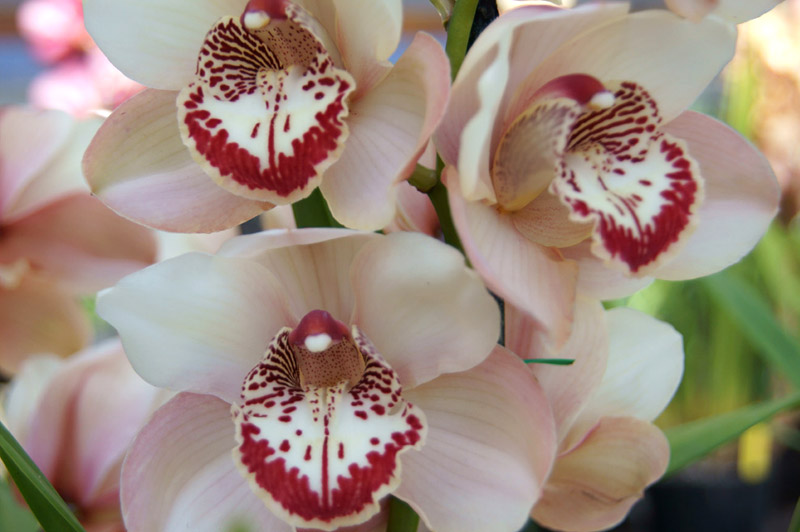
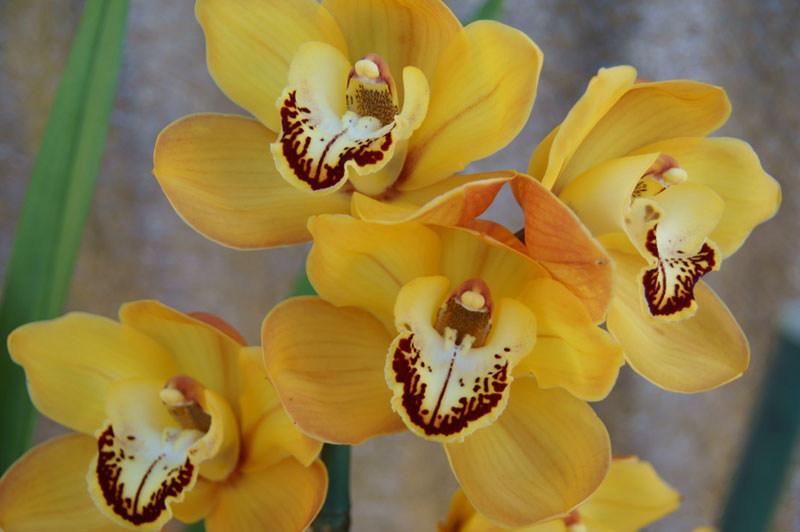
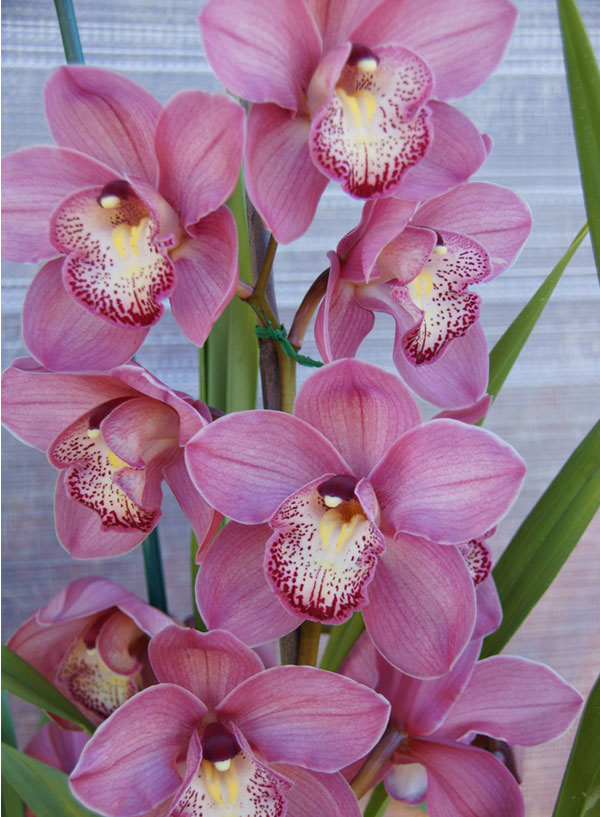
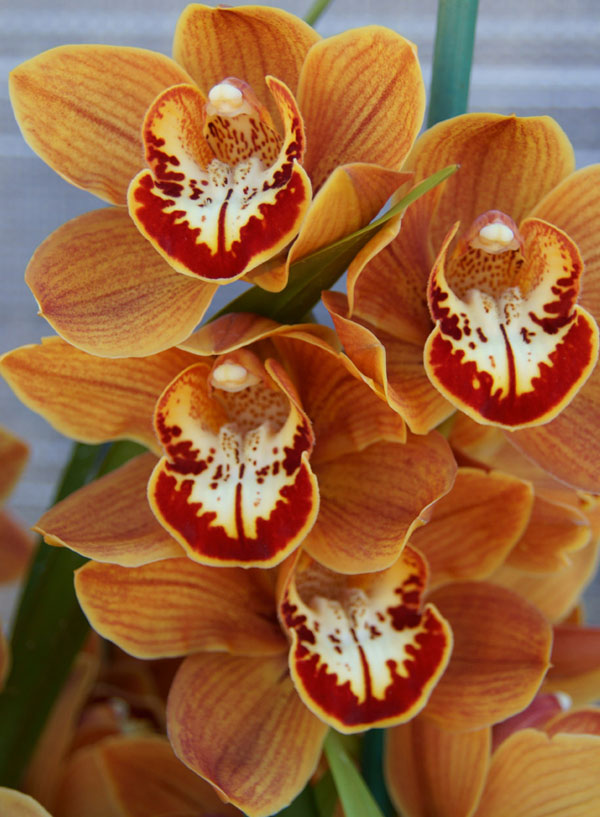
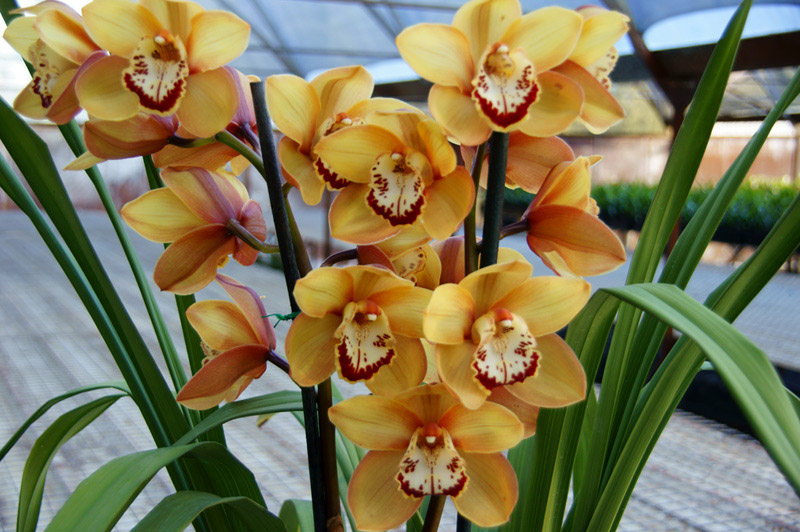
Have a question?